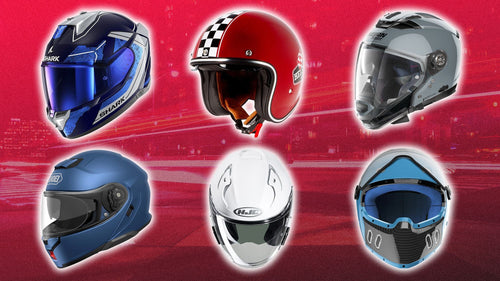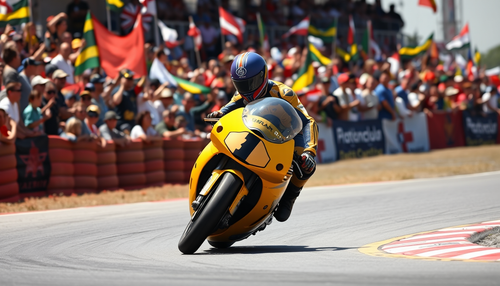
743 mots | Temps de lecture : 3 minute(s)
The incredible story of BMW Motorrad: From revolution to legend
Welcome to the fascinating world of BMW Motorrad , a brand that has written a glorious page in the history of two-wheelers. From its humble beginnings to its worldwide reputation, BMW Motorrad has risen to every challenge, becoming over the years a true icon of the motorcycle industry.
The origins of BMW Motorrad
It all started in 1923 , when BMW decided to start producing motorcycles. At the time, the company, known for its aircraft engines , was looking to diversify its activities after the First World War, when restrictions imposed by the Treaty of Versailles limited their aircraft production. This is how the first BMW motorcycle, the R32 , was born. Equipped with a flat-twin "Boxer" engine, a cardan drive and a steel tube frame, this bike quickly won over two-wheel enthusiasts and laid the foundations for the BMW Motorrad identity.
From the very beginning, BMW Motorrad has stood out for its innovation and the quality of its manufacturing. The brand's engineers have continually improved the performance and reliability of their machines, earning them a solid reputation among motorcyclists around the world.
The rise of BMW Motorrad
In the 1930s, BMW Motorrad experienced a period of strong growth. The brand developed iconic models, such as the R5 in 1936, a motorcycle that marked a turning point with the introduction of a steel frame with telescopic suspension and a twin-cylinder overhead valve engine. The R5 laid the foundations for modern motorcycles, combining innovation and robustness.
During World War II, BMW was forced to focus on production for the war effort, including models like the R75 , an off-road motorcycle with a sidecar used by the German military. Despite these troubled times, the brand maintained its standards of quality and innovation.
The rebirth of BMW Motorrad
After the war, BMW had to rebuild. In 1948, BMW Motorrad restarted production with the R24 , a single-cylinder side-valve motorcycle, marking the brand's return to the civilian market. As the economy grew during the 1950s and 1960s, BMW introduced new models, such as the R50 and R69 , which quickly won over motorcyclists around the world.
During this period, BMW Motorrad developed a premium brand image, symbolizing quality, reliability and performance. BMW motorcycles became objects of desire for enthusiasts, appreciated for their elegant design, comfort, and technological advances such as Earles suspension or more efficient brakes.
The modern era of BMW Motorrad
Since the 1980s, BMW Motorrad has continued its development through constant innovation. The brand has diversified to cater for all market segments, from the adventure bike with the famous R80 G/S , the first off-road bike with a twin-cylinder shaft drive engine, to sports models such as the K100 , introducing in-line four-cylinder engines.
In 2009, BMW Motorrad marked a turning point with the launch of the S 1000 RR , a superbike that impressed with its performance and cutting-edge technology. Today, models like the R 1250 GS or the S 1000 RR continue to define the brand by combining power, reliability and riding pleasure.
Conclusion
The history of BMW Motorrad is that of a brand that has evolved with the times while remaining true to its core values. Since the production of the R32 in 1923, BMW has innovated and reinvented itself to offer motorcyclists high-performance, reliable and iconic motorcycles.
Today, the Bavarian brand is a true legend in the world of motorcycling, symbolizing unique know-how and an unwavering passion for two-wheelers. With ever more impressive models, BMW Motorrad continues to write motorcycle history and captivate enthusiasts around the world.


